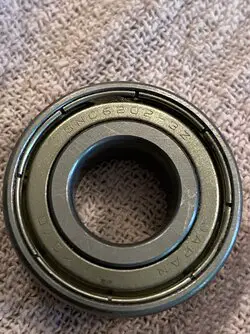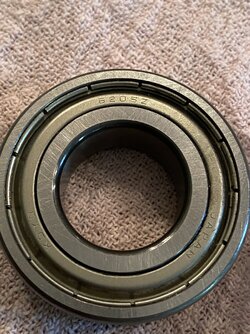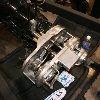MuscleJunkie
Elite Explorer
- Joined
- April 14, 2007
- Messages
- 1,028
- Reaction score
- 352
- Year, Model & Trim Level
- '00 Ford Explorer LTD AWD
Received some early info back regarding the reinstallation of the Ford Motorsport SVO Powerdyne supercharger on my AWD 2000 5.0L Explorer. I decided to go from the 2.7 inch pulley from 928 motorsports (which was actually 2.65) back to the 2.8 pulley from 928 motorsports (actual 2.86) and I had little to no horsepower loss (from what it was dynoing with the 2.65 before the rebuild by Jon Bond Performance ) even through the blower is spinning much slower. Seems as if the upgraded impeller from Jon Bond Performance is doing what is advertised.
So before with the 2.65 - the blower was spinning at 38,812.11 rpm at a 5200 RPM shift point. The Explorer was dynoing just over 300hp (at the rear wheels). Now going back to the 2.86" pulley the blower is spinning at 35,962.27 rpm at the 5200 rpm shift point and they've told me Big White is dynoing just about the same HP (+- 3hp). I haven't heard myself yet but they also told me the blower has a "beefier" sound now than it did before the rebuild.
So before with the 2.65 - the blower was spinning at 38,812.11 rpm at a 5200 RPM shift point. The Explorer was dynoing just over 300hp (at the rear wheels). Now going back to the 2.86" pulley the blower is spinning at 35,962.27 rpm at the 5200 rpm shift point and they've told me Big White is dynoing just about the same HP (+- 3hp). I haven't heard myself yet but they also told me the blower has a "beefier" sound now than it did before the rebuild.















